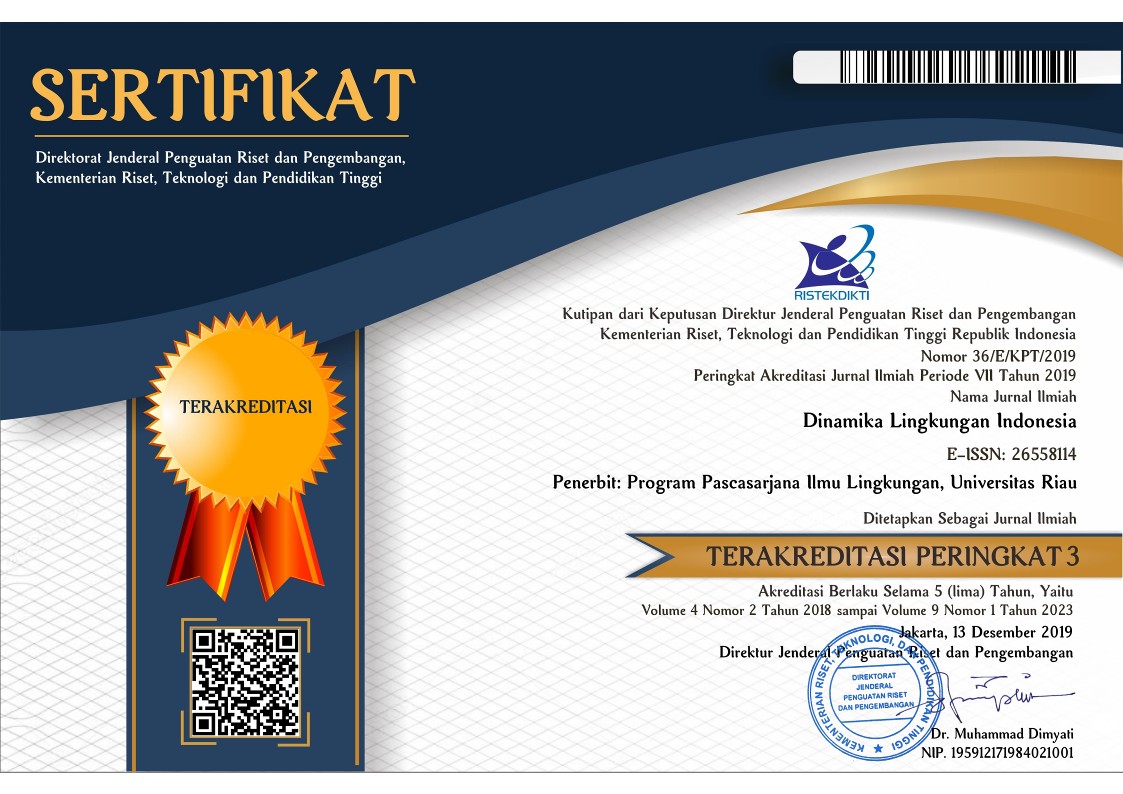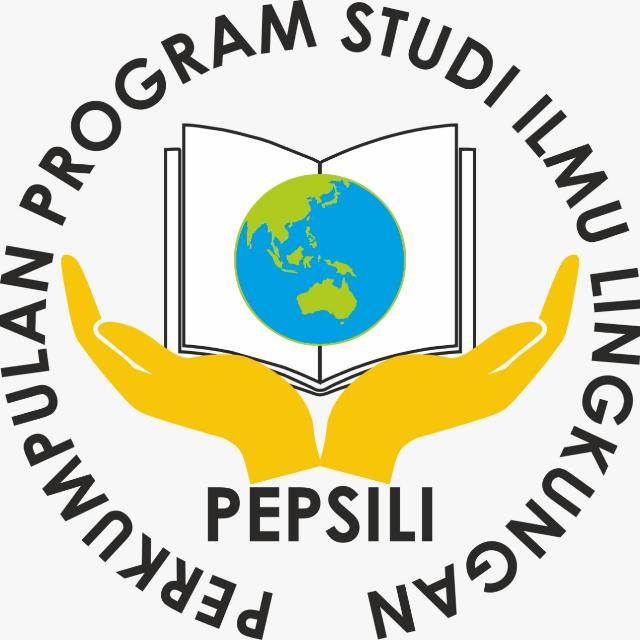Analisis Bau Limbah Perternakan Ayam di Pemukiman Terhadap Gangguan Psikosomatik Masyarakat Sekitar Kandang di Desa Sei Lembu Makmur
Abstract
Abstract: The number of boiler chicken farm located in the community felt starting to annoy people, especially the chicken farm located close to residential areas. Many people complained about the bad effects of the operations of the boiler chicken farm because there are many farmers who ignore the handling of waste of effort. The impact that can arise is the smell of chicken farms, the emergence of flies and fears spread of bird flu virus. The purpose of this study was to analyze the relationship between the sewage smell chicken farm on the incidence of psychosomatic symptoms in a residential community surrounding villages cage Sei Lembu Makmur 2014. The design of this study analytic observational, cross-sectional study approach. This research was conducted in the month of January to August 2014. The sample in this study that people around the cage which amounts to 43 respondents. Data was collected through questionnaires and a doctor's diagnosis. Data were analyzed using univariate and bivariate analysis were processed using the computerized system and Lambda test. The results showed that respondents ammonia contaminated and uncontaminated 21 people 22 people (51.2 %), which has a disturbing perception as many as 23 people (53.5 %) and did not interfere with 20 people (46.5 %) and respondents who had psychosomatic disorders is 13 people (30.2 %) and not psychosomatic 30 people (69.8%) .Based Lambda test showed that there was no relationship between the concentration of ammonia with psychosomatic disorders in settlements around the cage Sei Lembu Makmur (p = 1.000> 0.05) and there was no relationship between perception and psychosomatic disorders in the settlements around the cage Sei Lembu Makmur (p = 0.462> 0.05). For the people around the cage explain to the public that air pollution by ammonia due to the smell of the chicken coop with the highest ammonia concentration of 3.32 ppm which means no influence posed to human health.
Keywords
Full Text:
PDFReferences
Achrayanti, Witha. 2013. Persepsi Masyarakat Terhadap Perternakan Kelinci Di Tinjau Dari Limbah, Bau dan Manfaat yang Di Timbulkan. Tesis Fakultas Peternakan Hasanudin Makasar.
Charles dan Hariono. 1991. Pencemaran lingkungan oleh limbah peternakan dan pengelolaannya. Bull. FKH-UGM.X(2): 71-75.
Charles dan Hariono. 2010. Kebijakan Pemerintah dalam Industri Peternakan dan Penanganan Limbah Peternakan. Direktorat Jenderal Peternakan, Depertemen Pertanian. Jakarta.
Hendalia, Ella. 2012. Aplikasi Probiotik Untuk Meningkatkan Efisiensi Penggunaan Protein dan Menurunkan Produksi Amoniak Pada Perternakan Ayam Boiler. ISSN; 2088-8643. Vol; 02 No; 1.
Mawa’da. 2012. Persepsi Masyarakat Terhadap Keberadaan Peternakan Babi di Kampung Katimbang Kelurahan Paccerakkang, Kecamatan Biringkanaya, Makassar. Skripsi Jurusan Sosial Ekonomi Peternakan. Universitas Hasanuddin, Makassar.
Muliyantini. 2008. Ilmu Managemen Ternak Unggas. Yogyakarta: Gadja Mada Universitas Press.
Rachmawati Sri. 2000. Upaya Pengelolaan ingkungan Perternakan Ayam di Bogor. Jurnal Penelitian No 2. Vol 9.
Saifudin. 2002. Sikap Manusia Teori Skala dan Pengukurannya. Pustaka Pelajar; Jakarta.
Sudarma. 2011. Limbah Peternakan. (http// infovegan.com /2013/04/dampak.peternakan .html. Diperoleh tanggal 2 Oktober 2014.
Saharawati Mahmoudin. 2011. Studi Konsep Kesehatan Mental Ibnu Sina. Jakarta. Mazhub Cipurut.
Safril, Erman. 2010. Dampak Sosial Keberadaan Usaha perternakan Ayam Ras Dan Petelur Pada Wilayah Pemukiman Kabupaten Lima Puluh. Tesis Universitas Sumatera Utara; Medan.
Susilo. 2010. Dampak Usaha Perternakan Ayam Boiler; http;//dosen. narotama.ac.id.
Townsend, M.C. 1995. Buku Saku Diagnosa Keperawatan Psikiatri, Pedoman untuk Pembuatan Rencana Keperawatan. Jakarta :EGC.
Yunus. 2007. Analisis Usaha Perternakan Ayam Boiler. ISSN 1858-4330. Vol 3 No. 1.
DOI: http://dx.doi.org/10.31258/dli.3.1.p.57-63
Refbacks
- There are currently no refbacks.





